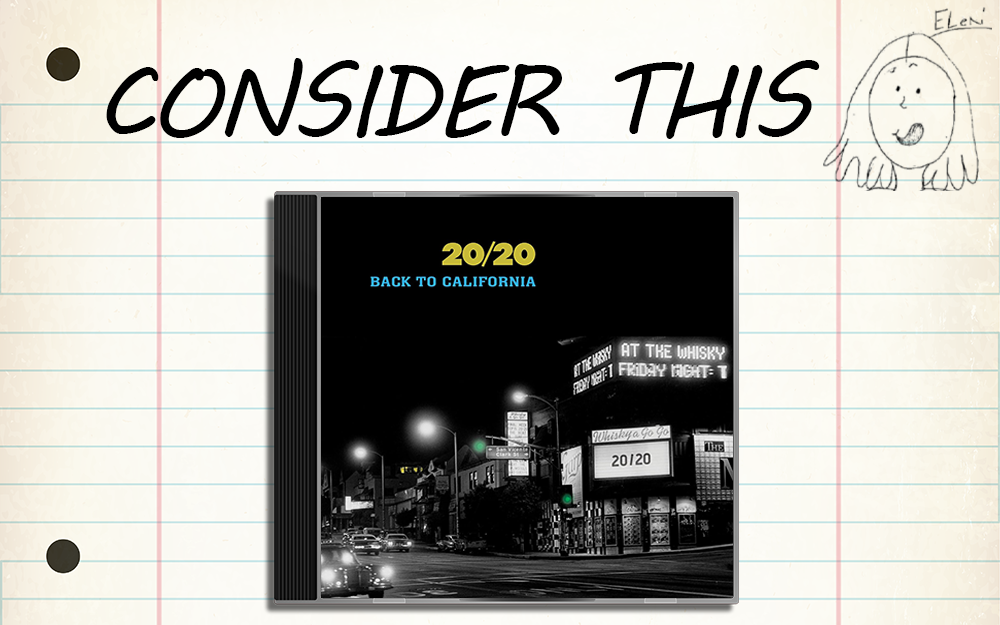Book Review by Heidi Simmons
“Subliminal: How Your Unconscious Mind Rules Your Behavior”
Nonfiction
Leonard Mlodinow
Is it possible to know what motivates us? To know why we do the things we do? Say the crazy things we say? In Subliminal: How Your Unconscious Mind Rules Your Behavior (Pantheon, 260 pages), author Leonard Mlodinow looks at the scientific evidence that says our subconscious is king.
Mlodinow is a theoretical physicist who teaches at Cal Tech in Pasadena. He has co-written books with the highly uber-conscious authors Stephen Hawking and Deepak Chopra. This is his fourth book as sole author, and he has written for television’s MacGyver and Star Trek: The Next Generation. He writes with humor and includes many personal experiences and stories.
As with most scientists, you can expect his hypothesis to be backed-up with data. Mlodinow is very good at breaking down and describing the experiments in simple terms. His work is sprinkled with significant thinkers like Carl Jung and Immanuel Kant. Most of the information and experimentation comes from clinical psychology. A new field of study has emerged called social neuroscience, established officially in 2001. Some experiments look directly at brain response using fMRI — functional magnetic resonance imaging.
In modern science there are two distinct trains of mental action — conscious and unconscious. Our unconscious mind is able to possess and sort through tons of surrounding information to influence our conscious experience. In fact, the human sensory system sends the brain about eleven million bits of information each second! The actual information we are able to handle is between sixteen and fifty bits per second.
According to Mlodinow, “to ensure our smooth functioning in both the physical and the social world, nature has dictated that many processes of perception, memory, attention, learning, and judgment are delegated to brain structures outside conscious awareness.”
The standout experiment in the book is about a man called TN. When he suffered a stroke, TN became a perfect subject to study the unconscious workings of the brain. The damage in TN’s brain affected the optical lobe — the area that processes sight. He was rendered blind with no residual perception of color or light. However, TN’s visual system was still fully functional. His eyes could still gather and process all the information his retinas were sending. His optical system was in tact though his visual cortex was destroyed.
The researchers wanted to know if blind TN could determine a person’s mood by staring at a picture of a face. He could. Two out of three times he was able to identify happy or angry faces correctly. The part of his brain that receives information, specifically his fusiform face area, was influencing his conscious choice. TN had no conscious sensation of seeing, but could somehow respond to what his eyes registered.
Further subjecting TN to experimentation, scientists put him through an obstacle course without his cane and guidance. TN navigated through the field never hitting or falling over any object. His unconscious mind could navigate although TN could “see” no images.
There is a chapter called “Remembering and Forgetting” in which Mlodinow shows that our human memory system is a mess. Memory distortions occur in everyone’s life. We humans are terrible witnesses. According to Mlodinow: “Memory mistakes have a common origin: They are all artifacts of the techniques our minds employ to fill in the inevitable gaps. Those techniques include relying on our expectations and, more generally on our belief systems and our prior knowledge. As a result, when our expectations, beliefs and prior knowledge are at odds with the actual events, our brains can be fooled.” Mlodinow might say it is not a flaw, but a survival instinct.
In “Judging People by Their Covers,” Mlodinow points out the many unconscious signals we humans register. He says: “While our conscious minds are busy thinking about the meaning of the words people utter, our unconscious is busy judging the speaker by other criteria, and the human voice connects with a receiver deep within the human brain.” Humans, it turns out, are very judgmental — consciously and unconsciously.
The chapter “In-Groups and Out-Groups,” is about how we become part of “in-groups.” It’s not just about being a part of the cool kids, but rather a way of identifying with those around us. For instance, “in-groups” can include: mothers, teachers, neighbors, church members, Apple users, etc. Whatever is relevant to our lives and we consider important, we join — consciously or not. Mlodinow suggests: “Switching the in-group affiliation we’re adopting for the moment is a trick we all use.” It is how we prefer to see ourselves and how we are most comfortable viewing others. Any group that excludes us is an “out-group.” Advertisers are very aware of the” in-group” phenomenon and do everything they can to influence our unconscious and conscious thinking.
Most startling is what psychologists call “above-average effect” in the chapter called “Self.” Apparently, all humans possess the tendency for inflated self-assessment. We create versions of ourselves which we portray to the world around us. We structure a narrative of our lives, enhancing the positive and minimizing, if not all together eliminating, the negative. Mlodinow reports: “If we probed– or, in many cases, simply bothered to pay attention — most of us would notice that our self-image and the more objective image that others have of us are not quite in sync.” He adds: “People with the most accurate self-perceptions tend to be moderately depressed, suffer from low self-esteem, or both.”
As with most scientists, Mlodinow’s answer to our odd and amazing behaviors, conscious or unconscious, is reduced to evolutionary survival. It is an interesting read, but ultimately reveals very little about what actually motivates us and makes us say and do the things we do.












































Comments are closed.